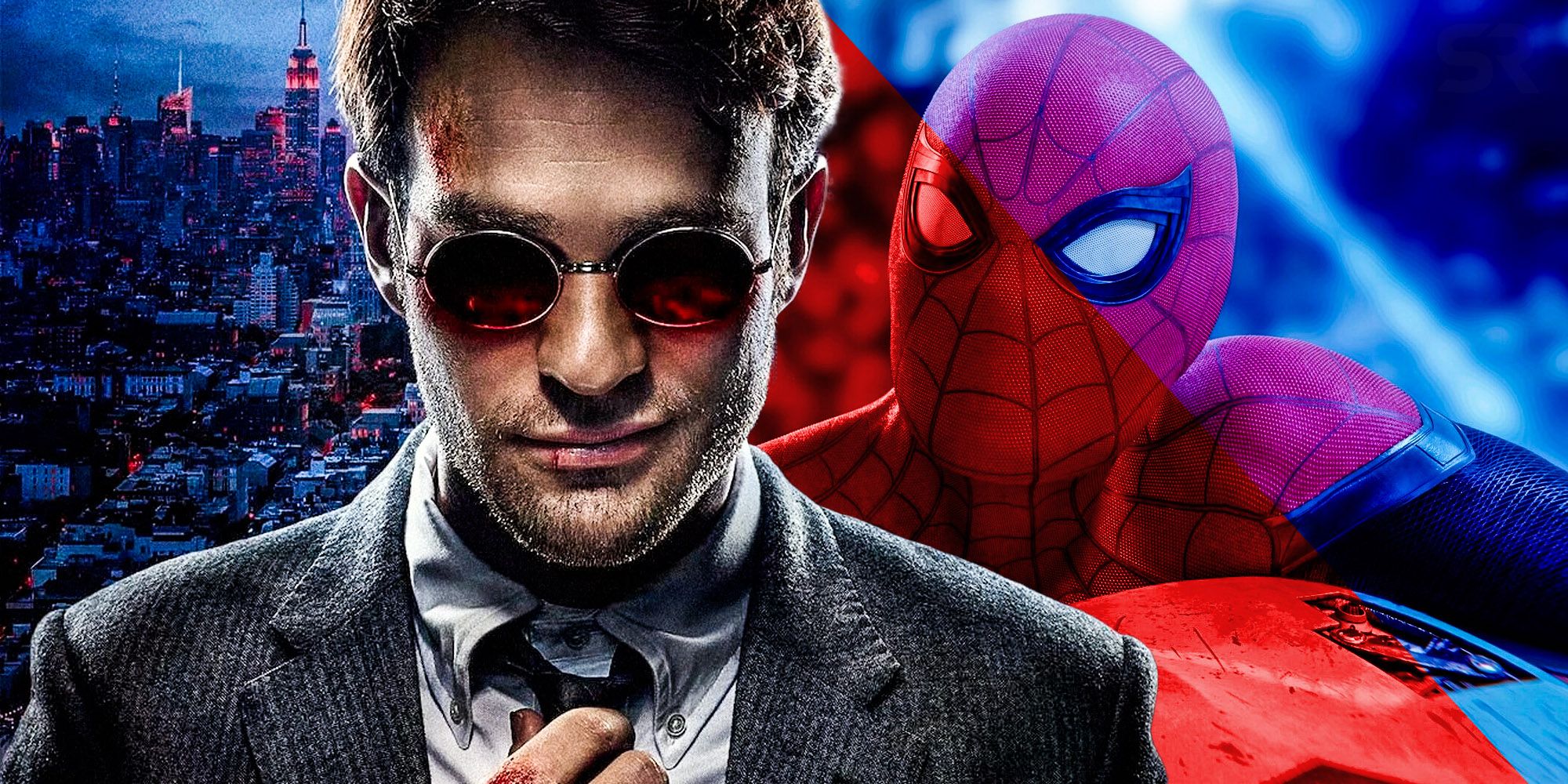


Not only were they cured, but a few were given a second chance at life after dying in their respective movies. It’s possible they’ll pick up where they left off or go down different paths than before. Fully restored to their pre-experimental states, Doc Ock, Green Goblin, Lizard, Electro, and Sandman all returned to their universes with a clean slate. Spider-Man - with the help of Maguire and Garfield’s iterations of Peter Parker - opted to help cure the antagonists instead. This leads to the arrival of the web-slinger’s rivals from alternate universes: Doc Ock ( Spider-Man 2), Green Goblin ( Spider-Man), Electro ( The Amazing Spider-Man 2), Sandman (Spider-Man 3) and the Lizard ( The Amazing Spider-Man).

When Doctor Strange casts a spell to make people forget who Peter is, it goes awry and cracks open the multiverse. Set in the aftermath of Mysterio outing Peter Parker’s identity as Spider-Man at the end of Spider-Man: Far From Home, Spider-Man: No Way Home sees the 17-year-old wanting to fix the situation before things really get out of control for his loved ones. The third solo outing for Tom Holland’s web-slinging superhero not only opens the gateway for the multiverse, but the film’s events change how fans will see the MCU’s previous movies, Sam Raimi’s Spider-Man trilogy, and elements of The Amazing Spider-Man films. The Marvel Cinematic Universe introduced the multiverse concept in the Disney+ series Loki, but No Way Home pushes the envelope regarding what it means for Peter and the MCU at large. Spider-Man: No Way Home’s ending explained.


 0 kommentar(er)
0 kommentar(er)
